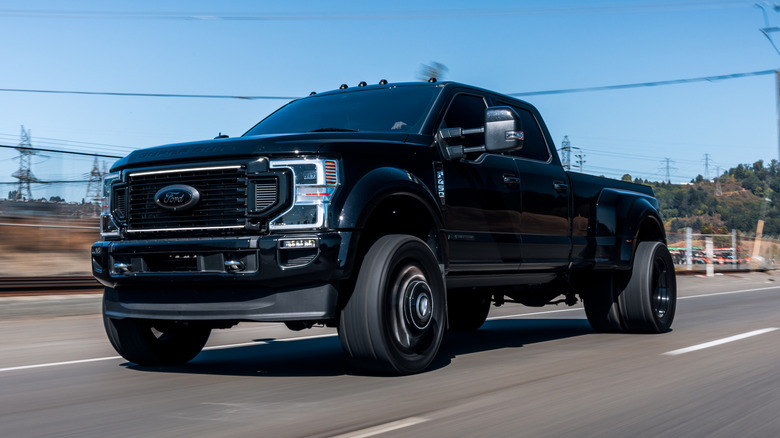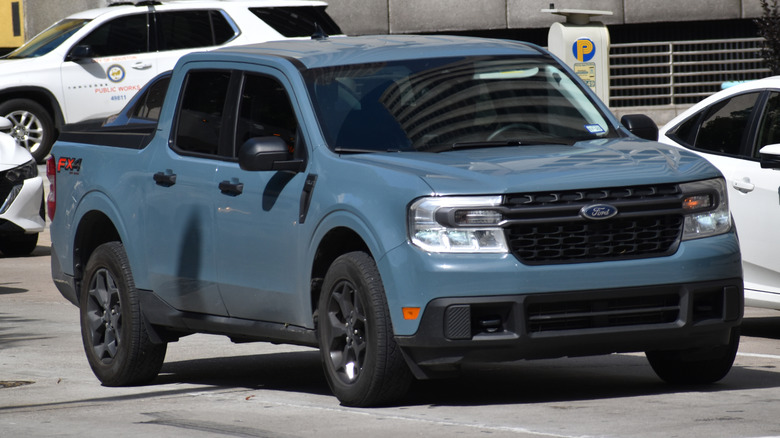How Government Policy Made American Pickup Trucks So Large Today
Pickup trucks may have started as simple workhorses, but over the years, something has changed. Trucks are now bigger, badder, and have become more like status symbols as they dominate American roads. From construction sites to suburban neighborhoods, these behemoths are now everywhere, raising questions about how and why they got so big.
The reason for this has to do with the government's Corporate Average Fuel Economy standards, or CAFE standards, that go back to the 1970s. CAFE standards were designed to push automakers to improve fuel efficiency. But here's the catch: they set different rules for cars and for trucks, with trucks being held to looser standards, giving automakers more wiggle room. Then in 2011, the rules changed again to consider a vehicle's "footprint," or essentially, how much space the vehicle takes up on the road. Bigger trucks were allowed to have lower fuel efficiency targets, which encouraged companies to build them even larger.
This means that U.S. automakers benefit from more lenient fuel economy targets while also appealing to buyers wanting more spacious trucks. So what began as a policy to enhance fuel efficiency has, over time, increased the number of oversized pickups on American roads.
Smaller pickups could be making a comeback in America
Smaller pickup trucks in the United States are not the norm, and that's due to a trade dispute between America and Europe in the 1960s. President Lyndon B. Johnson, in response to Europe placing tariffs on imported chicken from the U.S., imposed his own tariff as a means of retaliation. Johnson's 25% tariff was on imported trucks to the states, which meant that car companies in countries like Japan were out, as their smaller trucks would be too expensive for American buyers. But while the chicken tax still affects your truck today, American car companies are beginning to see the light.
Midsize models like the Ford Ranger, Chevrolet Colorado and GMC Canyon have made a comeback for buyers not wanting a massive truck. Hyundai is also following suit with the compact Santa Cruz, which is the cheapest new truck available in the US today, while Ford has brought back the Maverick name for a new compact truck of its own.
While larger trucks continue to dominate the market, the advent of smaller ones could signal a new trend for pickups in America. With companies like Toyota possibly getting into the small truck business, there could be a better mix of pickup sizes on the road in the years ahead.

